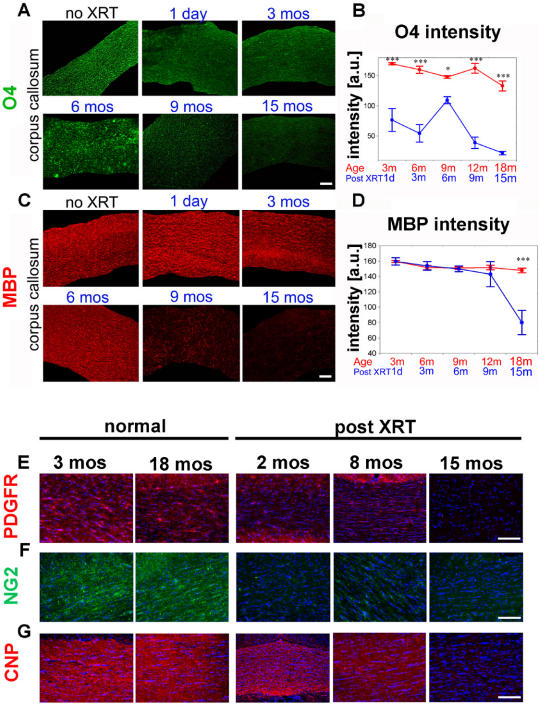Figure 3. Fluorescence intensity quantification of O4 and MBP and immunohistological assessment of oligodendrocyte markers.
(A)Representative contoured sections from the genu of the corpus callosum at serial time points post radiation immunostained for O4 (green). Quantitative measurements are shown in (B). A steady decline in O4 expression is seen immediately following administration of radiation until 3 months post XRT. At 6 months post radiation, a spike in O4 levels is followed by a significant decrease that persists until one year and thereafter. By 15 months, the majority of O4+cells are depleted. In comparison, aged control animals maintain a steady level of O4 until 18 months of age. (C) Serial immunohistochemical stains for MBP (red) on representative sections from the genu of the corpus callosum at various time points post radiation. Quantitative measurements are shown in (D). MBP expression is sustained until 6 months post radiation. By 9 months, patchy loss of myelin is observed throughout the corpus callosum. Demyelination is widespread by 15 months. Oligodendrocyte precursor markers, PDGFR (E) and NG2 (F) exhibit no significant change in intensity in aging animals but decrease rapidly after radiation without recovery, up to 15 months later. Markers of more mature oligodendrocytes such as CNP (G) exhibit a delayed decrease in expression starting at 8 months post XRT. CNP is significantly depleted at 15 months post XRT. DAPI in blue. (*** p<0.001; ** p<0.01; * p<0.05; ANOVA). Bars = SEM. Scale bar corresponds to 100 µm in all panels.

